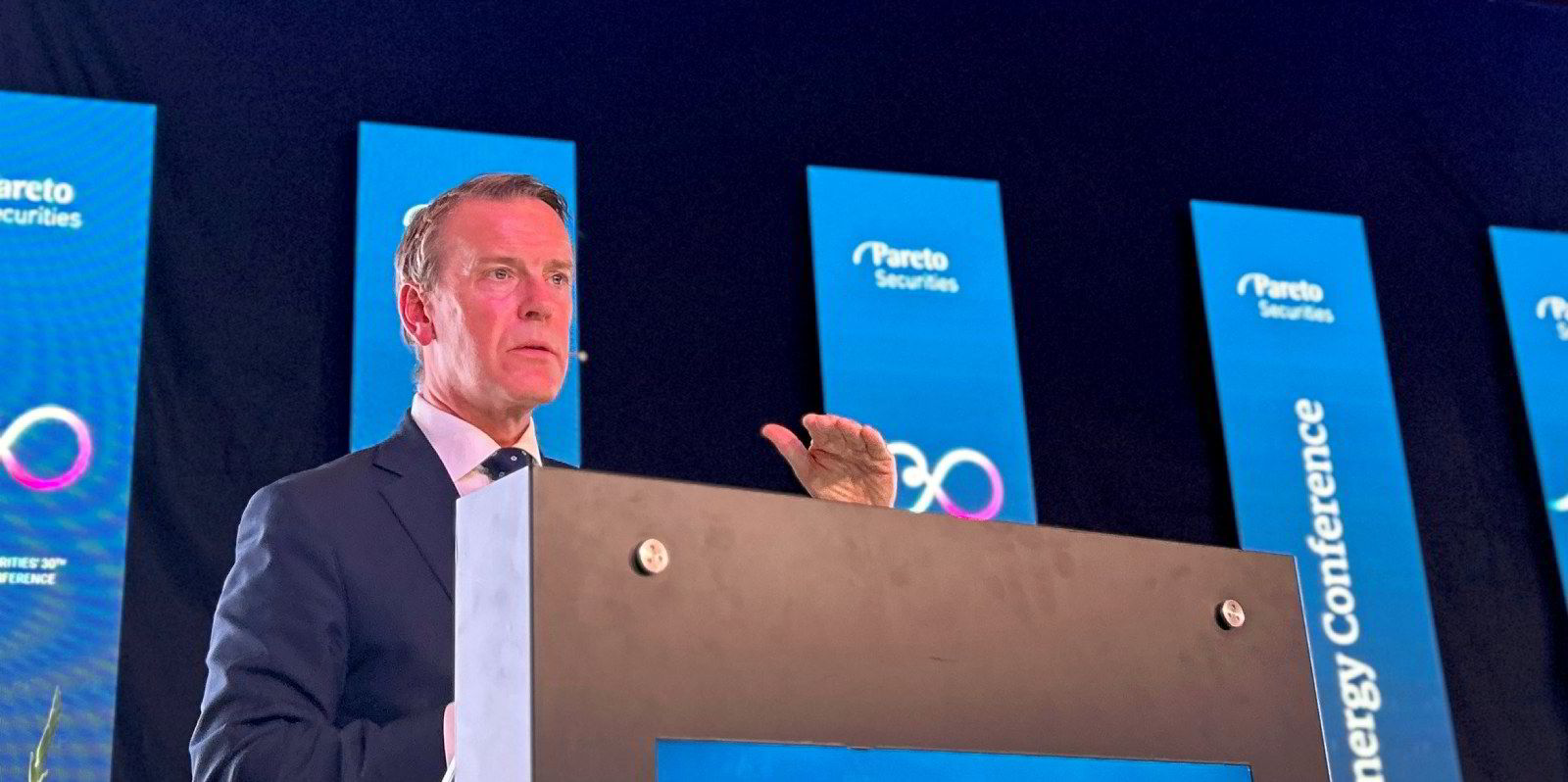Oslo-listed Frontline has criticised tanker owners still running ships through the dangerous Red Sea region.
Yemen’s Houthi group has been attacking what it believes are Israel, US or UK-linked ships for months to put pressure on Israel to halt its Gaza offensive.
Frontline quickly stopped its vessels using the Suez Canal as a result.
In its fourth quarter report, the shipowner said: “Much of the trade between Europe and Asia is now forced to sail the increased distance around Africa, although we still see some actors willing to transit at the cost of their crew’s safety.”
The owner also pointed out that industry commentators are not suggesting a swift solution to the situation.
But the John Fredriksen company believes a ceasefire between Israel and Hamas may relieve the current risk to some extent.
“Initially, it was Israeli interests that were the target of their actions, but more recently Houthi-linked attacks have generally targeted any shipping traffic through the very narrow straits of Bab-el-Mandeb between Yemen and Djibouti,” Frontline added.
This has reduced vessel transits between the Mediterranean Sea and Gulf of Aden by more than 40% over the last few months, it calculated.
“Due to the longer sailing time between Asia and Europe rates for tankers have increased, initially for large product carriers and subsequently for crude tankers. As it takes time for regional markets to adjust pricing in order to cater for the increased freight cost, it’s only in recent weeks we have observed the effect of the altered trading patterns,” Frontline argued.
Greek owners dominating Red Sea passages
Greek shipowners still dominate Suez Canal transits despite the threat posed by Yemen’s Houthi militia, according to Veson Nautical.
Some 36.7m gt of Greek-owned tonnage passed through the canal between December 2023 and February this year, or 20.37% of gross tonnage using the waterway, the company said.
Tonnage beneficially owned by Chinese owners was the next largest with 16.8% in gross tonnage terms (24.1m gt) and Japanese-owned tonnage in third place with 13.8% (16.57m gt).





